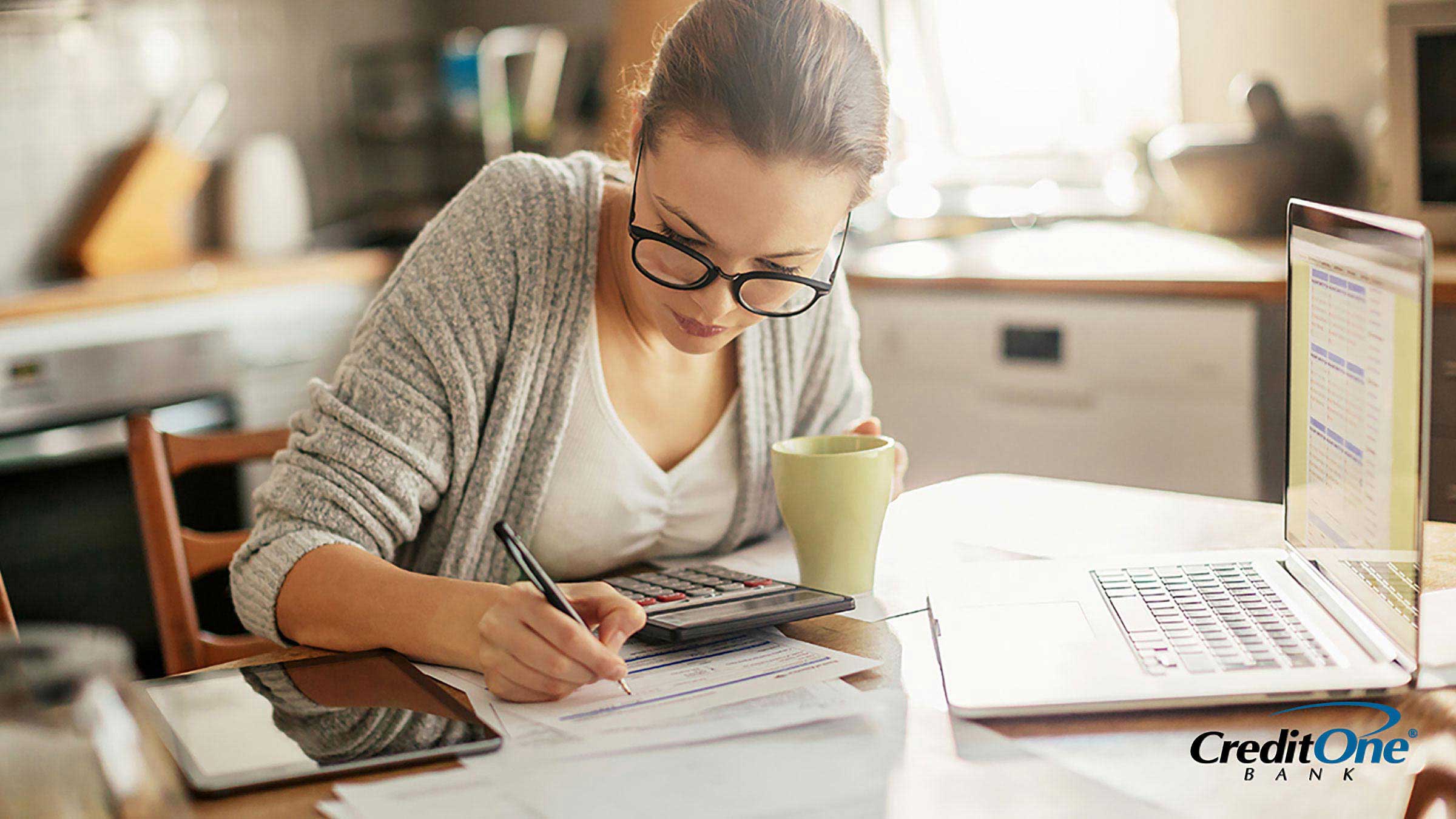If you’re like most Americans, chances are you have some sort of debt. In fact, according to Experian’s 2017 State of Credit survey, the average non-mortgage debt among U.S. households was $24,706.
While carrying some debt may not create a financial burden if your payments are manageable, accumulating too much could affect your ability to pay your bills and save for the future and could negatively impact your financial health.
If you find yourself carrying more debt than you’d like, there are some basic steps you can take that may help improve your financial outlook. While there’s no one-size-fits-all solution, here are five things to consider as you create a plan that might help you get your finances back on track.
1. Decide on a Payoff Strategy
When it comes to paying off debt, there are two basic strategies you can choose from—the snowball and the avalanche. Here’s how they work.
With the snowball method, you focus on paying off your smallest debt first while making the minimum payments on your other debts. When that debt is paid off, you move on to the next smallest and repeat the process until all of your debts are paid off.
The benefit of this method is that you may be able to pay off multiple debts quickly, which could motivate you to keep taking action and build on your previous success. The downside is that you may pay more in interest than you would if you paid off debts with the highest interest rates first.
Which brings us to the avalanche method. With this approach, you pay off debts based on the interest rate. You make the minimum payments on all of your debts, except the one with the highest rate. Any extra money you have goes toward paying it off as quickly as you can. When it’s paid in full, move on to the debt with the next highest interest rate and repeat until you’re debt-free.
This approach may save you money in interest charges. However, depending on how large of a balance you’ve accumulated, it may take months or even years to pay off a single debt. It might be hard to stick with your plan if you don’t get any quick wins.
2. Set a Budget and Stick to It
Once you decide on a strategy for paying off your debt, it’s time to set a budget. Unfortunately, creating a plan and executing it are two very different things. For example, you may plan to have a healthy salad for lunch but later find yourself waiting for a burger at the drive-through window of your local fast-food restaurant.
Well, the same can be true when it comes to managing your money. Creating a budget is a good first step on your way to paying down debt, but it’s not enough. Once you have your budget, you have to stick with it if you want to succeed, which is easier said than done sometimes.
If you think you’ll have trouble staying on track, consider removing as many temptations from your life as possible to help improve your chances of success. For example, if you typically get a $5 latte on your way to work, take a different route so you’re not tempted as you drive by that coffee shop. The sacrifice should feel worth it once you’re debt-free.
3. Reduce Expenses
When you’re establishing your budget, it’s important to look for things in your life you can eliminate or cut back on—at least temporarily—until you get your finances in order. That may mean moving to a less expensive house or apartment, foregoing cable, or trading in your luxury vehicle for an older but reliable model that’s less expensive. While these choices aren’t easy to make, they may help you pay down your debt more quickly.
4. Get a Side Gig
Working more than one job is a reality for many people in the United States. In fact, according to a bankrate.com survey, four in 10 Americans have a side hustle. If you’re serious about paying down debt, consider getting a side gig to help supplement your regular full-time income. The money you earn from it can be applied directly to your debt to help you pay it off more quickly.
5. Use Credit Cards Wisely
Because you’re not handing over cash when you shop with a credit card, it can be easy to overspend if you pay with plastic. If you use a credit card for most of your purchases, you may need to be extra diligent to ensure you only buy what you can afford. A good rule of thumb is to use your credit card to only buy things you could pay for with cash. Otherwise, you may rack up additional debt on top of what you’ve already accumulated.
Paying off debt takes commitment. You’ll likely see the best results when you employ multiple debt-reduction methods. For example, reducing your expenses and getting a side gig to bring in extra income will probably be more powerful than doing either of these things alone. Regardless of how you choose to pay down your debt, remember that it will take time. But sticking with it and watching your debt melt away is a great way to improve your financial outlook.
Jennifer Brozic began her writing career at seven years old, when she scribed the epic tale of her kite-flying (and skyward-looking) uncle crossing paths with a deep hole in a sandy beach. After earning a degree in journalism, Jen worked in the insurance and financial services industries before earning a master’s degree in communication management. She left the nine-to-five corporate world in 2010 and has been freelance writing ever since. Her areas of expertise include insurance, financial planning & budgeting, and building credit.




